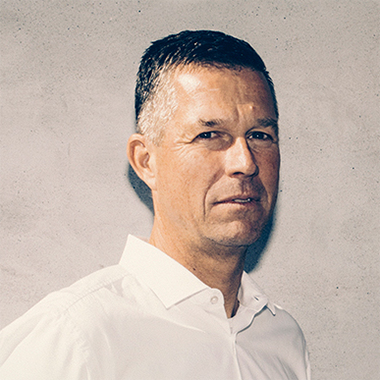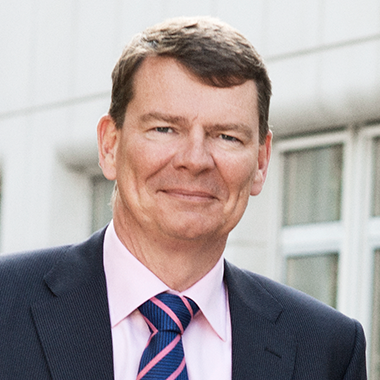Our biggest failure and most expensive meeting
Suzanne Lauritzen, Founder of LogBuy and External Lecturer in Innovation at CBS

I think all CEOs have had meetings that turned out to be very expensive.
Failing to borrow enough money, getting a ‘no’, applying for Venture Capital or just failing a very important sales meeting.
My most expensive meeting was slightly different.
We were expanding into Sweden after having a successful business in Denmark, thinking that the market couldn’t be that different – and besides that, we had all the contacts for the Heads of HR in the largest organisations in Sweden lined up because our Danish clients had referred hundreds.
How difficult could it be?
We started to prepare the product for the Swedish market hiring 15 field sales people to negotiate offers and discounts in Malmö, Goteborg and Stockholm. We hired a Country Manager and had a Swedish telemarketing team operating from Denmark, Copenhagen.
Everything went well and we got 10 Swedish clients relatively quickly (but only where the decision could be made from a Danish HQ).
When the product was ready with lots of discounts and offers we were ready to present it to larger organisations in Sweden.
As Swedish people are very nice by nature and we had great references from the Danish market, it was easy to get meetings with the Heads of HR in the biggest organisations, – and we felt like flying…
I had meetings with Heads of HR in 20-30 of the real large organisations within the first couple of months but our proposition just circled around in these larger organisations from steering committee to steering committee, and back again.
It was so different from the Danish and British market, and we had trouble understanding why they couldn’t just say ‘yes’ or ‘no’.
I found out, that in Sweden everyone in the committees had to agree – all of them – maybe 30-40 people! That’s almost impossible in one round – so that’s why it had to circle.
We thought about it and accepted that the sales cycle in Sweden was not the usual 3 months as it was in Denmark and the UK. We estimated the sales cycle to be around 9 months instead.
Accordingly, we had to raise our prices… but it seemed like something was still not quite right.
The real hit came at a very particular meeting in one of Sweden’s largest organisations; getting on really well with the Head of HR, – a man with lots of experience, extremely knowledgeable and with a great sense of humour.
We talked a bit and I presented the solution as usual, when he interrupted me and said:
“Susanne, Susanne, Susanne…… I like your product, it’s great – and it would have been great if I wanted to keep people – but actually…. we want to get rid of them”.
I was happy I hadn’t just taken a sip of my coffee. I was shocked, so I started laughing with him. It seemed like a joke – but it wasn’t.
Many large well established organisations in Sweden apparently have very little employee turnover. One reason being, that it’s very difficult and expensive to terminate employee contracts. A too low turnover can of course backfire on growth and development for the organisation.
In this case the employee turnover was less than 1%.
No wonder Temporary Workforces were so popular in Sweden!
Everything fell into place and seemed to make perfect sense now. I had failed dramatically, because I hadn’t listened at all.
What seemed so straightforward and easy turned out to be complicated, but only because I hadn’t asked the right questions upfront.
As we operate in the Employee Benefits space, I should have asked questions like:
- What is the Employment Strategy in Sweden like
- What is the Workforce Policy in Sweden like?
- Why is Temporary Workforce so popular?
- What is the employment rate?
- How easy/difficult is it to get qualified employees?
- What is the decision making process in organisations
Because I hadn’t asked those questions – at least not in a very structured way – this particular meeting turned out to be very expensive, – but also, of course, a blessing.
It eventually made us close down all 3 offices in Sweden within a week. We made all staff redundant and lost GBP 350,000 (yes, it is expensive in Sweden), which we wrote off that same year (2008) in the Danish organisation.
This way of making a ‘market analysis’ is of course very expensive! Next time we will go for a Lean Startup, asking questions and listening.
The market in Sweden for services like ours is still open for organisations that want to engage, increase productivity and keep the right people on board, but it has to be sold and done differently.
We have now developed another model for the Swedish market and because we now know how to act on the answers, we know what we are doing.
Sweden….. we will meet again…. this time, more prepared.


